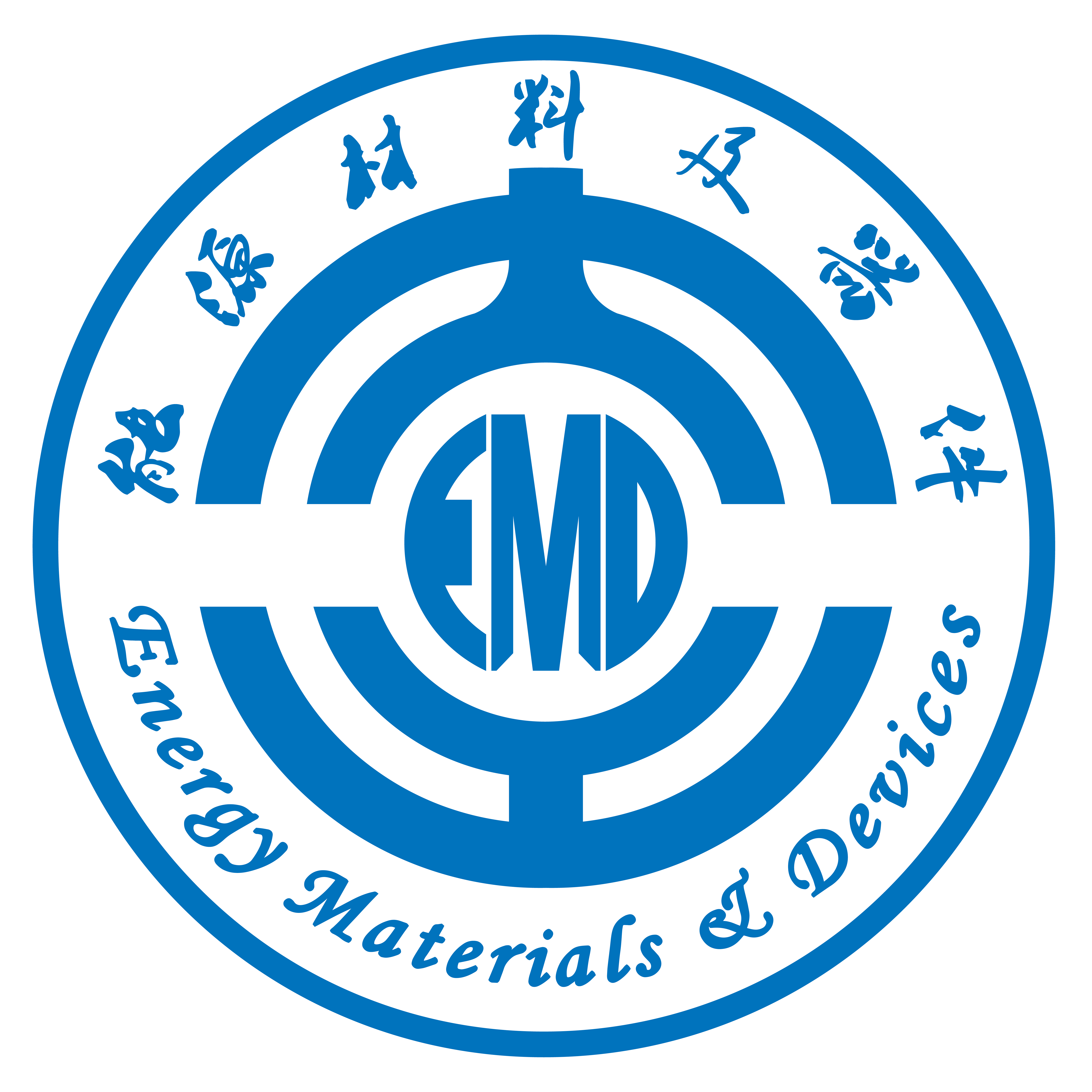Abstract: The impacts of point defects including single- and few-atom vacancies (VS, VTi, VS2, VTiS3, VTiS6) and antisites (STi, TiS) on the Li adsorption and diffusion in monolayer titanium disulfide (TiS2) are systematically investigated through first-principles calculations based on density functional theory for their underlying functions in Li-ion batteries. The calculations imply that Li adsorption and diffusion capabilities are strongly dependent on the defect types of TiS2. For example, defects VTi, VTiS3 and STi improve Li adsorption capability as their adsorption energies increase compared with the pristine TiS2, and VTi has the largest increase. VS, VS2 and VTi exhibit approximate Li diffusion energy barriers with the pristine TiS2 (0.21 eV), signifying that a neglected impact on the rate capability. More importantly, sulfur antisite STi reduces Li diffusion barrier by 0.03 eV, and thus enhances diffusion rates by 3.2 times. Interestingly, STi simultaneously enhances Li adsorption and diffusion capabilities in monolayer TiS2 to some degree, and VTi considerably favors Li adsorption without compromising diffusion rates, suggesting that the introduction of defects STi and VTi in TiS2 displays excellent properties for energy storage systems. This study benefits for comprehending the impacts of point defects and designing high-performance electrode materials for rechargeable batteries.
https://doi.org/10.1016/j.apsusc.2021.149448

